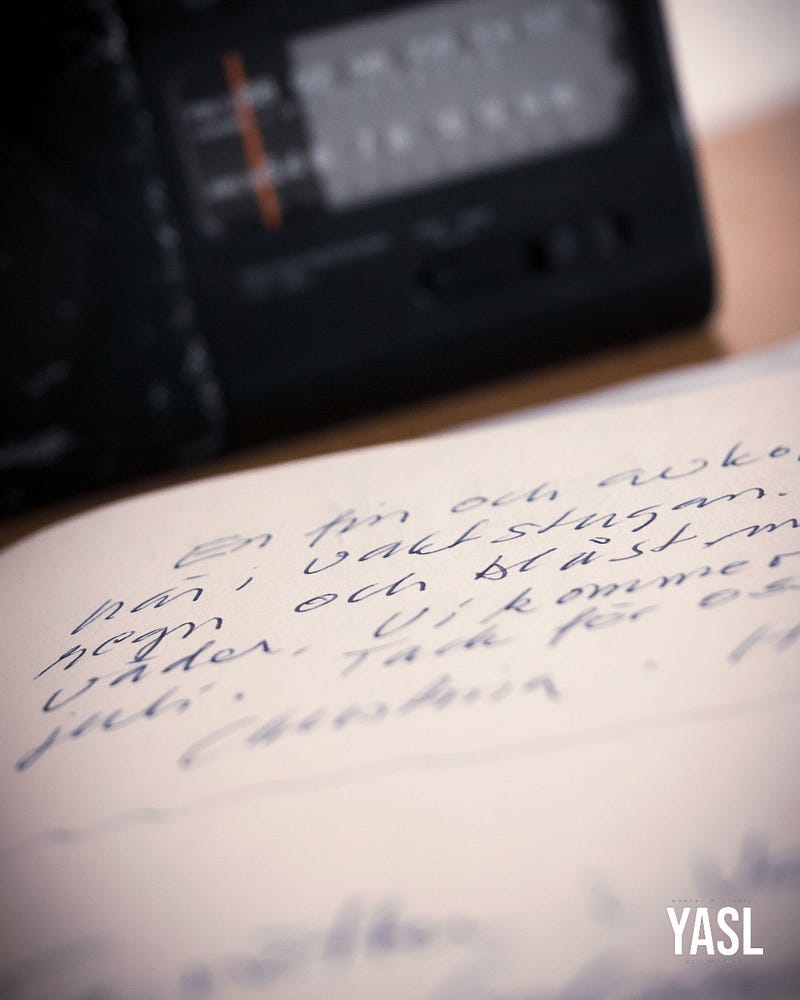Unlocking Storytelling Skills: 5 Insights Beyond Traditional Education
Written on
Chapter 1: An Immigrant's Journey to Art
Growing up as the child of immigrants, I had to mature quickly. Art became my primary means of expressing emotions that I struggled to articulate. My journey began at the age of 16 when I discovered photography in high school, and later, at 25, I pursued classical art at an academy. However, traditional schooling fell short in teaching me the art of storytelling. My aspirations to become a professional artist were curtailed by my mother's protective instincts, which I now understand came from a place of love. I decided to take charge of my own education, seeking out free resources to learn the nuances of storytelling.
"You can't dictate what life throws at you; the real power lies in how you respond."

Chapter 2: Discovering Storytelling Techniques
Despite the limitations of formal education, I found five key methods to enhance my storytelling abilities:
Section 2.1: The Power of Observation
Curiosity has been one of my greatest strengths. By observing the world around me, asking questions, and learning from others, I have acquired valuable knowledge that traditional schooling often overlooks.
Section 2.2: The Language of Dance
Engaging in dance taught me to interpret the narratives behind human movements. Watching skilled dancers, who make their art appear effortless after countless hours of practice, reveals the dedication and stories woven into their craft.
Section 2.3: Drawing as a Narrative Tool
Practicing drawing enhanced my understanding of perspective, proportion, and light. With just a pencil and paper, I learned to observe deeply, internalize experiences, and express them through my artwork. Every line I drew contributed to the story I wanted to tell.
Section 2.4: Writing as a Thought Process
Writing transcends mere action; it is about the thought behind the words. I discovered the Ship 30 for 30 program, which emphasizes the importance of writing in various forms—visually and audibly. Writing encapsulates our knowledge of the past, present, and future.
Section 2.5: The Art of Documentation
My previous experiences involved legal documentation and creating clear instructions. This taught me how to simplify complex ideas into digestible explanations. Avoiding jargon helps maintain interest and fosters engagement.
"5 Terrible Writing Habits You Learned in School" - This video discusses common pitfalls that many writers pick up during their educational journey. It highlights how these habits can hinder creativity and the importance of breaking them for effective writing.
"5 Things I Learned from my Creative Writing Classes ✍️" - In this video, the speaker shares valuable insights gained from creative writing classes, emphasizing lessons that go beyond conventional approaches and encourage authentic storytelling.
Chapter 3: A Journey of Adventure and Inspiration
For those passionate about photography or just starting out, my weekly newsletter, the Photo Story Navigator, offers a wealth of resources. Each Saturday, subscribers receive:
- One engaging photo project
- A concise mini lesson on photography
- A storytelling tip for enhancing your visual narratives
I strive to keep it straightforward and actionable, allowing you to create compelling stories without the need for high-end camera equipment.

Join my adventure photography chronicles for inspiration and tips to ignite your wanderlust.